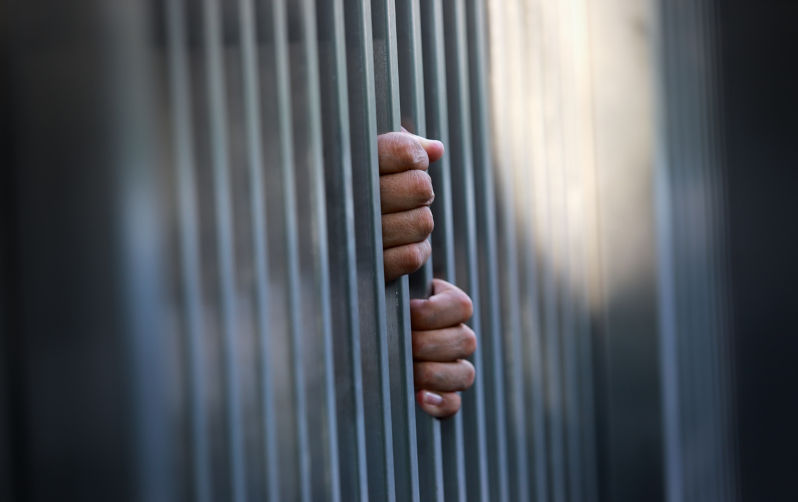Foolhardy prison expansion
September 20, 2025
The opening of yet another large prison in Australia, this time in Queensland’s Lockyer Valley, is foolhardy.
Prisons are expensive to build and maintain and their costs are not justified by benefits in community safety.
The Lockyer Valley Correctional Centre has been plagued by cost blowouts. Once fully operational, the prison will cost $965.2 million_._ The price is likely to rise in coming years. If prisons continue to be viewed as a primary means of maintaining public protection, then expect their populations to rise. On this trajectory the Lockyer facility will eventually fill, requiring more costly prison builds.
One explanation for this anticipated future is that prisoners largely come from disadvantaged backgrounds. They experience high rates of homelessness, unemployment, poor health and have limited access to education.
Incarceration tends not to improve the lot of people in prison. Often it compounds their problems. About half of people leaving prison, for example, end up homeless. Too many exit the gate with a few plastic bags of belongings and a Centrelink payment. These items are not enough to re-establish a life. In the current housing crisis, it is certainly not enough to pay the rent. The strain, in turn, can pressure a return to crime.
Indeed, the recent Productivity Commission report indicates that more than half (53.1%) of people who have been in prison re-offend within two years, and poverty is one driver of that crime. Ergo, the rates of return imply that prisons are not beneficial for securing communities; rather they contribute to lack of safety.
An added irony is indicated in recent research which shows that Australia continues to send more people to prison even though crime rates are falling. The paradoxical situation is usually addressed conventionally by the assertion that these rates are the result of getting criminals off the streets. But the fact remains that incarcerating greater numbers of people diverts funds from crime prevention programs and community-based services that target the root causes of crime. Prisons, in effect, do not address underlying safety needs of communities, they aggravate them.
Meantime, the cost of maintaining the operations of an expanded prison system is prohibitive. While we do not know yet what the budget is for maintaining the Lockyer facility, we do know that Australia has a total annual cost of more than $6 billion, or $153,000 per prisoner per year. The cost is also trending upwards, driven by an increase in prisoner numbers.
While it may be a far-fetched idea, it is not hard to imagine that substantial numbers of prisoners on release who were given an equivalent sum to the cost of their upkeep on the inside, along with some financial management assistance and protection from fraudsters, could do very well for themselves and their families.
Another claim flowing from the Lockyer facility is that it will provide an economic boost to the surrounding region: the prison will provide 800 jobs and local business will prosper. There are, however, moral and economic arguments to be made to counter this assertion.
Our country has a history of corralling disadvantaged people, namely, First Nations people. The cost of that shameful action is still being incurred in the significant over-representation of these people in child welfare, youth detention and adult systems. When compared to respective general populations, First Nations children are 57 times more likely to be in out-of-home care; First Nations youth are 27 times more likely to be in youth detention and First Nations adults are 14 times more likely to be in prison. What needs to happen is not to build larger prisons, but to reduce these numbers by focusing on strategies to keep Australians, especially First Nations peoples, out of prison.
As for the Lockyer facility’s call on the local community to provide personnel and services, this discourages other forms of investment in the area. Tax dollars would be better spent on alternatives like community-based support, justice reinvestment, restorative justice and investing in social determinants of crime such as housing, education, and employment. Unlike the misleading claims of prisons having economic benefits, these proactive approaches have been shown to create safer and healthier communities.
Moreover, there is a hidden cost associated specifically with large, centralised prisons. The Lockyer facility will geographically isolate many prisoners from spouses, partners, family and friends. This isolation will erode their capacity for rehabilitation and reintegration insofar as it will undermine the significant contribution that these relationships can make to prosocial futures. Where prisoners can repair or maintain these connections, they are more able to expand their prospects in ways that they could not have done by themselves or could have achieved only with great difficulty. By corroding primary relationships, large, centralised prisons are essentially anti-community.
Australia is long overdue in asking questions about what the purpose of prisons actually is. What other things could we do to address the harm of crime? How do we build a system in which people in prison have real opportunities to turn their lives around? How do we ensure everyone leaving prison has a home, healthy relationships, a legal income that can sustain them in basic dignity, free of addiction? Indeed, what do we need to do to stop community members from entering the system in the first place?
When we have answers to those questions and act upon them, only then will we be able to truly say that we are striving to keep our communities safe.
The views expressed in this article may or may not reflect those of Pearls and Irritations.

